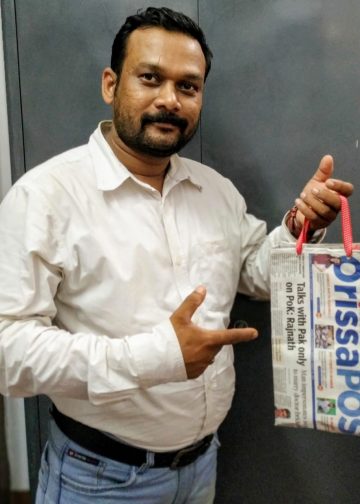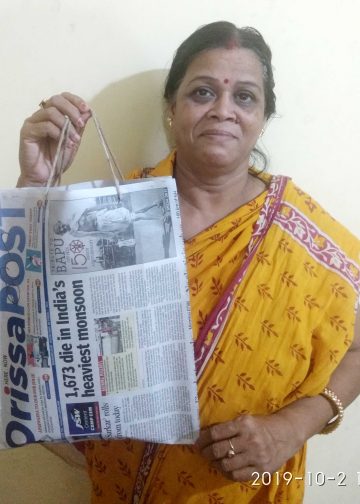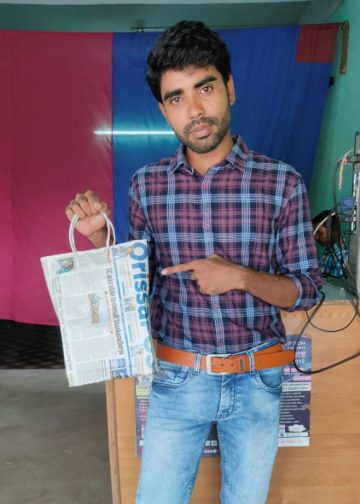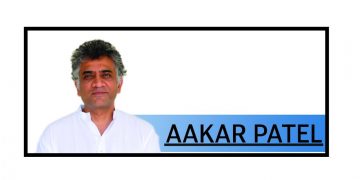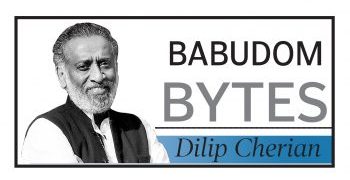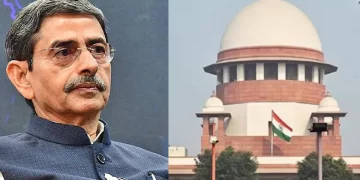It is an irony of fate that the party that had stormed into power on the promise of fighting against corruption finally fell under the weight of allegations of corruption and its failure to fulfil its electoral pledges. Arvind Kejriwal-led Aam Aadmi Party’s (AAP) drubbing at the hands of the BJP in the Delhi Assembly elections is a lesson for all parties which go against their core ideology and are seen as inconsistent with their perceived image. It would be a facile explanation to attribute the defeat to an anti-incumbency factor alone since what has happened is a loss of voters’ faith in a leadership that promised to selflessly work for the people, but ended up getting mired in allegations of corruption and perennially engaged in a blame game accusing its main adversary, the BJP, of not letting it function.
Having lost Delhi, which served as the party’s foundation and its main source of political energy, the AAP is currently grappling with its most significant existential crisis. With Kejriwal’s defeat in New Delhi and the losses of prominent leaders like Manish Sisodia, Satyendar Jain, and Saurabh Bharadwaj, the party’s leadership now stands at a pivotal moment. Kejriwal lost to BJP’s Parvesh Verma, son of former Delhi CM Sahib Singh Verma, by 4,089 votes. Verma is now a top contender for the CM’s post. The party’s governance model, which focused on providing free electricity, water, and educational reforms, appears to have failed to connect with the city’s residents. Additionally, Kejriwal’s attempt to appeal to voters through a soft Hindootva approach, including promises of monthly stipends for temple priests, did not resonate with the electorate. Apart from charges of corruption in the liquor licence case for which several top AAP leaders, including Kejriwal and his deputy Manish Sisodia, were arrested, the allegation that Kejriwal spent over `40 crore to refurbish his chief ministerial residence, termed as “Sheesh Mahal” by the BJP, seems to have proved to be the last straw. While he could not convincingly defend himself, the public perception of a clean leader getting involved in alleged corruption for his personal comfort sealed the AAP’s fate.
At the same time, credit goes to the BJP for playing its cards well and defeating the AAP in the game of voters’ perception. The party ended its political drought in Delhi after 26 years, surpassing the majority mark and ending the AAP’s 12-year rule. Coming close on the heels of its success in the Assembly elections of Maharashtra and Haryana, the Delhi victory would help the party regain ground it lost in the Lok Sabha polls last year where it failed to secure a majority on its own. The BJP focused its Delhi campaign on local issues, such as poor road conditions, inconsistent water supply, air pollution which has earned the national capital worldwide infamy, and non-operational mohalla clinics. While the AAP’s promises of freebies were met with ‘Modi’s guarantee,’ which resonated with voters, considerable groundwork was laid by the RSS and allied organisations. RSS volunteers conducted a silent voter awareness campaign and organised thousands of “drawing room meetings” throughout Delhi to address urgent public concerns such as access to potable water, inadequate healthcare services, air pollution, and the cleaning of the Yamuna.
Also Read: President Murmu to perform holy dip at sangam Monday
The Congress, which had been in power for 15 consecutive years under Sheila Dikshit starting in 1998, faced a significant setback in the Assembly elections, failing to secure a single seat for the third consecutive time. Many of its candidates faced devastating losses, with most even losing their deposits.
The failure of the AAP and the Congress to put up a common front against the BJP caused great damage to the ruling party as in over a dozen seats in the Delhi Assembly the BJP could win because of split in the Opposition votes. The main lesson for the Opposition parties from the outcome of the Delhi Assembly election is that if they cannot sink their differences for capturing power in states and project a united front, their main agenda to dislodge the BJP from power at the Centre would look like chasing a mirage.




















